Bad Gastein is an Austrian ski resort, a part of the Ski Amade complex that spans several towns and villages. You can reach them by car or by ÖBB and WESTbahn trains from Vienna and Munich.
In Bad Gastein, the Stubnerkogel Mountain is usually the starting point for most skiers as it opens an extensive network of lifts and slopes connecting the town with Bad Hofgastein.
Ski passes and season tickets can be bought at the ticketing office near the ski lift or online. Skiing was not primary purpose in Gasteins, so we bought 4-day tickets for 432 euros for 2 persons. Upon ticket pick-up you leave a small deposit of 3 euro, which you can return at the end of your ski pass using the automat near the ticketing office.
Near the ticketing office, there are also many ski equipment shops for different experience levels and wallets. At the hotel we have been advised to rent skis in “Lederer”, where prices were not high for the good quality and location (near the parking and 150 meters away the ski lift). For instance, two pairs of medium price-level skis and sticks cost us 158 (we had our own helmets and boots). The personnel was very kind and helpful – the firm itself is run by a family, so it explains everything. Their work time is 8:00-17:00 and you can also store your equipment in their storage for the next day, which we enjoyed so much – definitely recommend them.
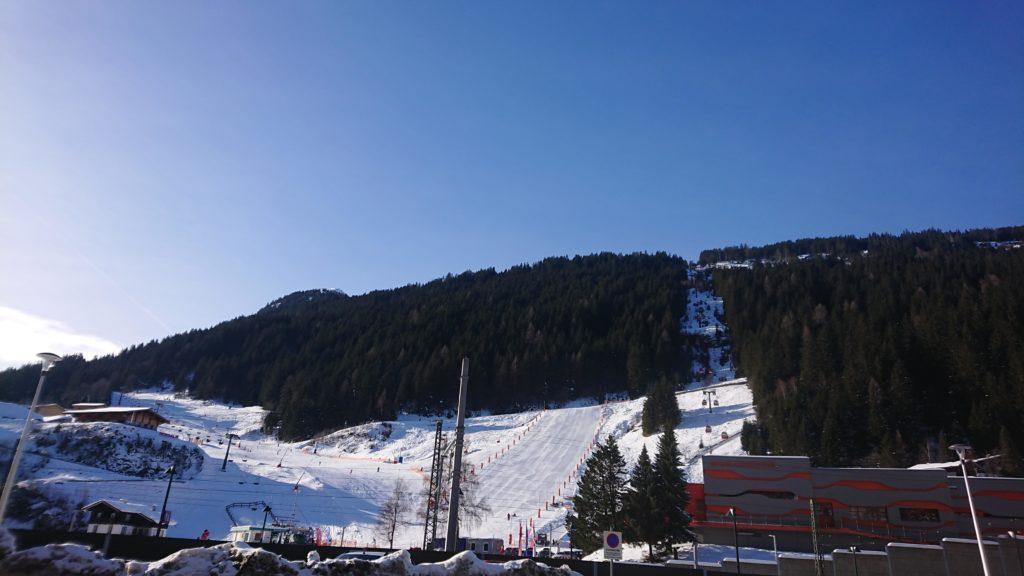
When you are skiing, it is very important to remember that the lifts close from 15:20 to 15:45. If you go to a neighbor city and it is too late to come back the same route, you can return home by bus for free using your ski pass – we had to use this transport twice from Bad Hofgastein and Angertal during our recent stay. To be honest, early closing time was really disappointing as compared to other places we visited in Austria and Poland.
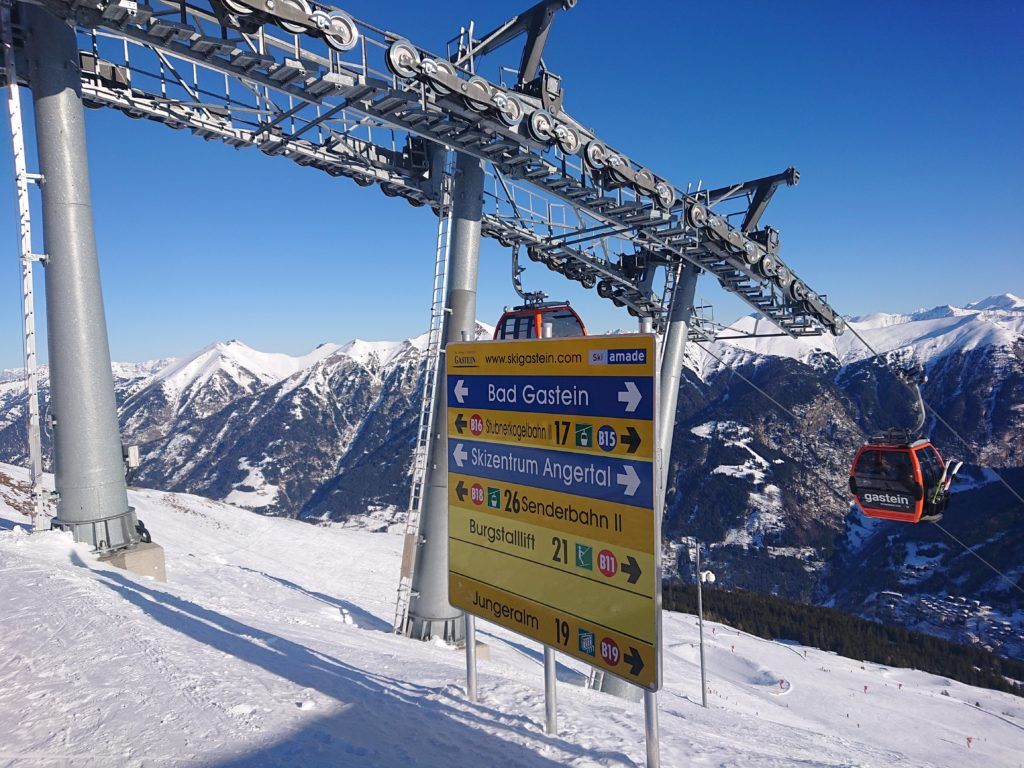
Being average-level skiers, we typically used the routes B19-B18-B23 routes to get to Angertal, usually our intermediate stop for lunch and rest. From here, we often used the lifts 25-26 lift to get up to the Stubnerkogel and easy routes B15-B16-B14 on our way home.
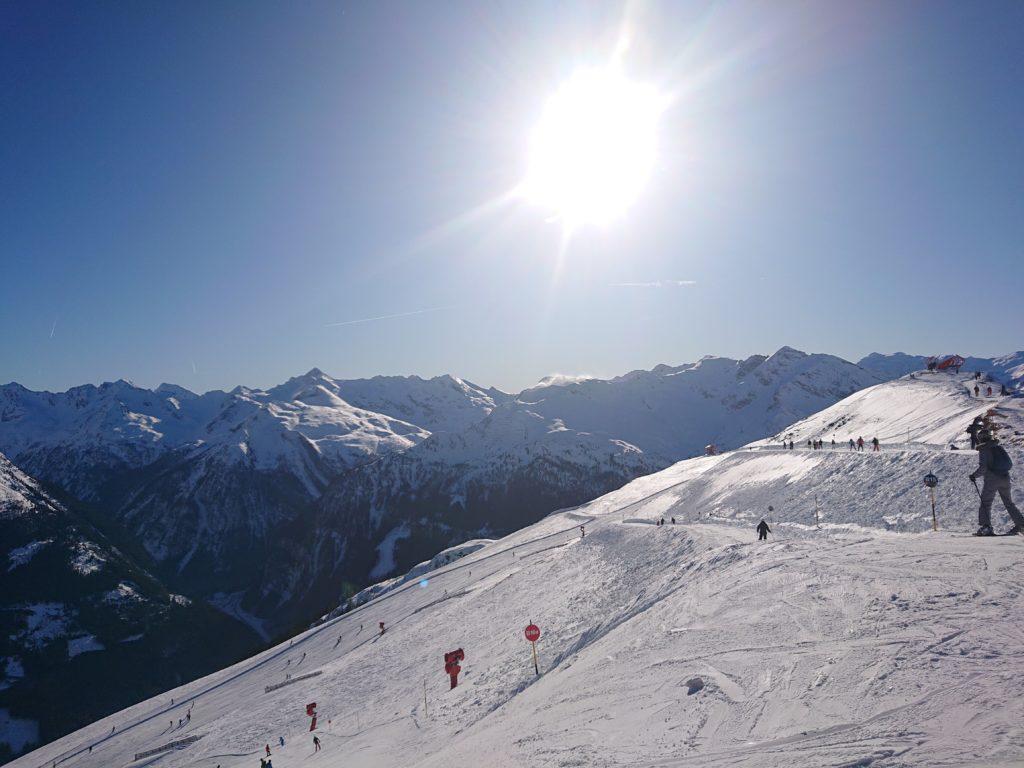
The blue tracks are perpendicular to the slope, like snakes, so they are longer than the red ones, narrower and have more turns. The tilt angle is much smaller, and in some places you have to actively work with sticks (not for poor snowboarders).
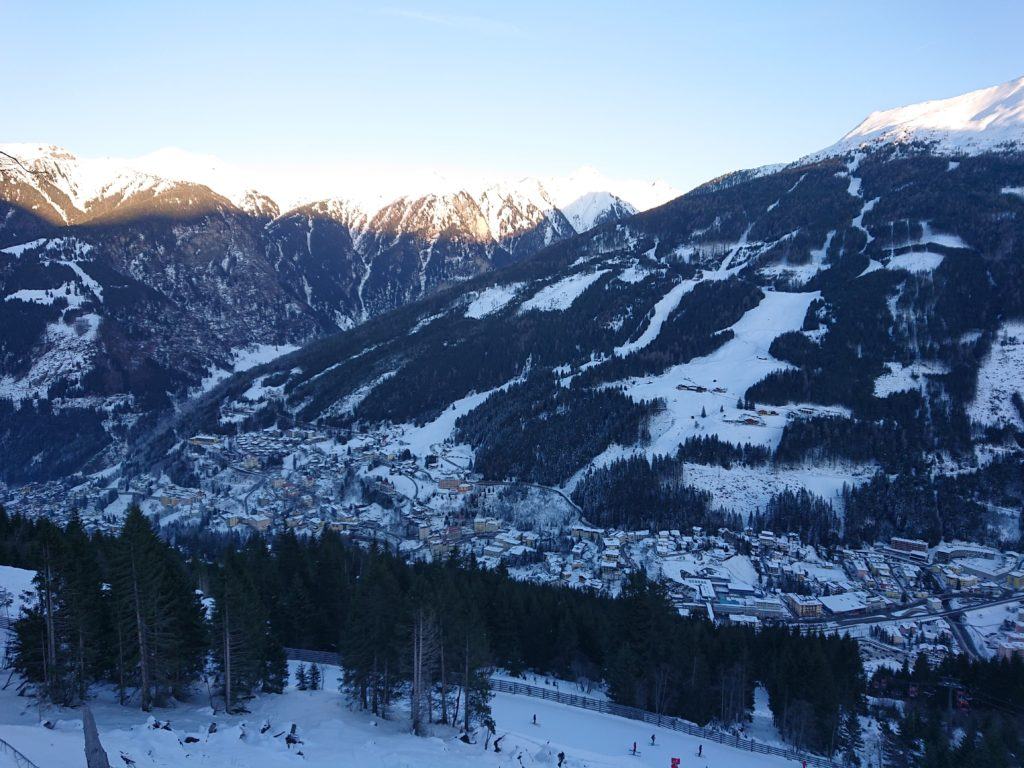

Angertal is a village where a lot of parents left they children to learn skiing. It is also an intermediate station in the Schlossalm-Angertal-Stubnerkogel chain. Schlossalm is definitely worth exploring too – we devoted a lot of time to it after its exploration, because it seemed to offer a more diverse range of slopes.

One day we got into a terrible snowstorm at an altitude of 2 km, with a visibility of up to 10 meters. Skiing in such conditions was not easy as we needed to constantly monitor the boundaries of the route and signs. If you get into such weather conditions on the first day, it is better to go down below, where it will not be so windy.
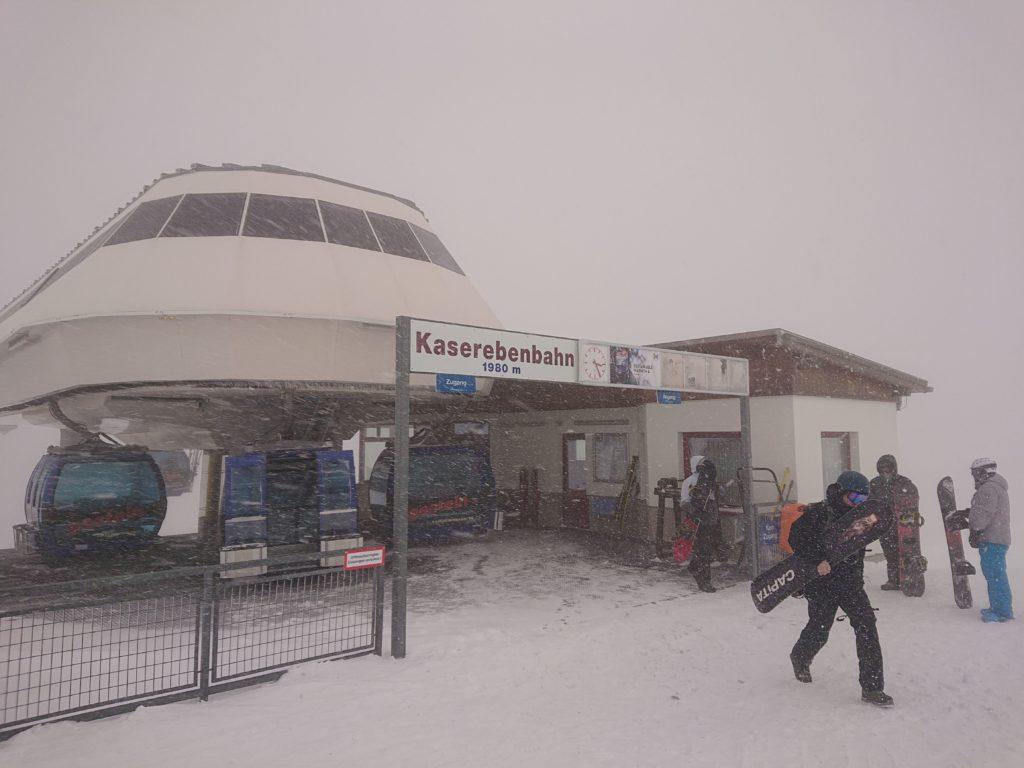

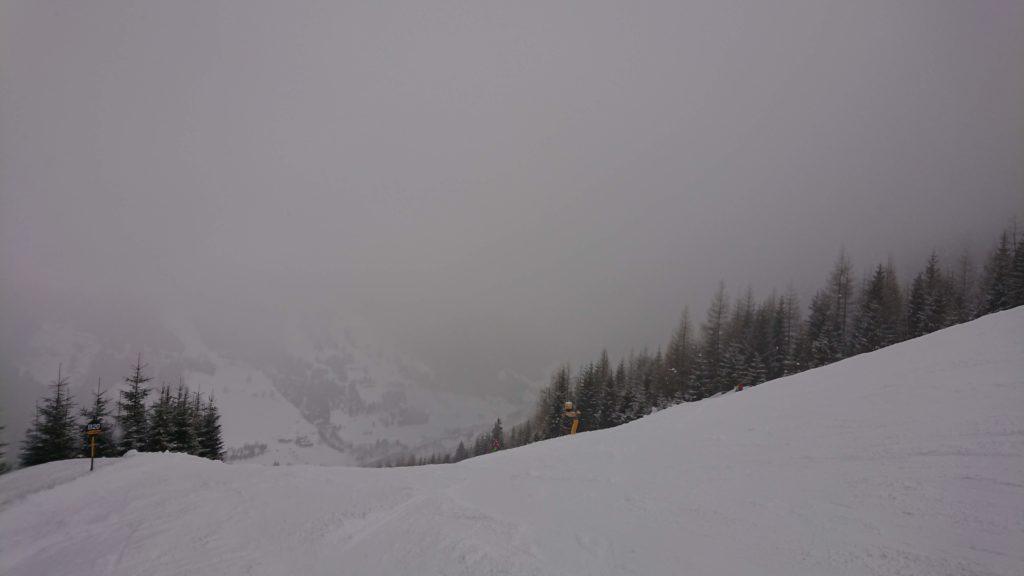
To finish, it is worth noting that a productive day on the slope must end with a nice relax time in the nearby thermal baths. Both Bad Gastein and Bad Hofgastein offer a large choice of saunas and pools for adults and children (adult prices vary from 26 to 35 depending on time and towel rent). We have been visiting therms in both towns every day for a week and we must say that liked Bad Gastein more – it is a bit smaller, but more cosy, especially the sauna zone. Bad Hofgastein has its own benefits, for instance, healing procedures like radon baths and peat body wrappings, which we enjoyed so much in the nearby medical center, but this is a subject of another post.
0